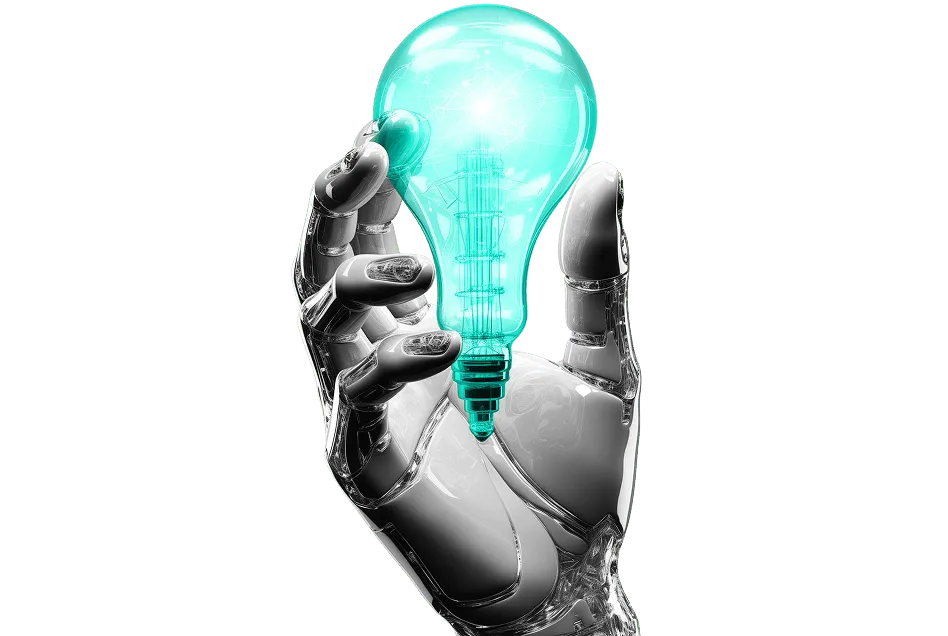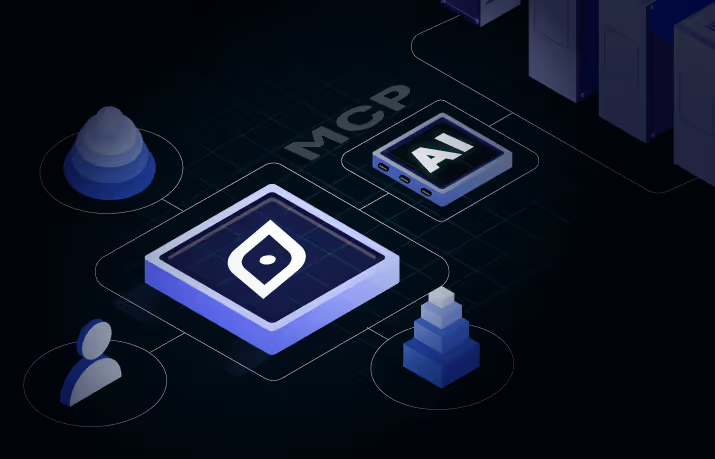Managing HR Cost with a Workforce Planning Model
Human resource cost optimization is a critical concern for HR leaders. Business owners find it hard to anticipate elevated and unanticipated costs as part of the human resource budget. A well-designed workforce planning model can help identify and manage these costs effectively. Let us look at prominent HR costs to optimize them.
Recruitment – Recruiting the right (or wrong) person impacts the company. While recruiting, you must consider the cost to the company, the recruitment expenses, bonuses, office space, equipment, and the time to onboard new employees. Companies must record expenditure to speculate on future ones.
Training and development – Training and reskilling are essential to developing employees. The combined experience and skills can grow the business. However, the wrong type of training or an overly complex form of training could elevate the cost.
HR administration – Many companies still use outdated methods to record and update staff data, slowing operations and demotivating employees. Streamlining this through a workforce planning model can reduce inefficiencies.
Employee retention – The cost of replacing mid-level employees is 150% of their annual salary, which jumps to 400% of the salary for specialized workers. Many companies boost salaries and benefits to attract talent and reduce turnover, an expensive option.
Employee benefits – 51% of companies say they are concerned about the rising employee benefits costs. However, when appropriately implemented, it can minimize staff turnover and attract talented candidates.
Optimizing HR Costs with a Workforce Planning Model
Some HR leaders may be tempted to cut costs prematurely, sidelining strategy-driven ideas. Instead, a workforce planning model can guide cost optimization strategies to manage expenses wisely.
1. Hire and retain star performers
An average company spends USD 4,129 per hire and takes 42 days to fill a vacancy. A bad hire can cost ten times that of an outgoing employee. The training cost and low productivity could drive up the cost. Companies can leverage AI, RPA, social media, and others to hire the best fit, onboard, and manage and retain employees.
2. Track, monitor, and assess current processes
Tracking, monitoring, and assessing current processes can help identify inaccuracies. A workforce planning model can track key performance indicators (KPIs) like time and labor cost, leave and absences, and people-per-project or per-task costs.
3. Prioritize training and mentorship
Investments in training boost productivity and support a workforce planning model that ensures continuity, whether tasks are completed by current employees, during absences, or by new hires replacing those who left.
4. Standardize processes
When HR incorporates typical aspects such as time tracking, pay calculation, vacation, and leaves on configurable AI-based interfaces, it strengthens a workforce planning model that is consistent, transparent, and supports effective policy implementation.
5. Automate repetitive processes
Despite advances in RPA, chatbots, AI, and NLP, companies miss about 50% of automation opportunities on average. HR RPA automates repetitive tasks in recruitment, payroll, learning, and other HR processes, reducing costs by one-third. A strong workforce planning model can help companies upskill or reskill employees displaced by automation to take on administrative and business-related tasks.
6. Integrate systems
Though enterprises implement automation, they see a decent amount of manual input. AI-based talent management software integrates all areas of business that include scheduling, payroll, time, and attendance.
7. Optimize employee performance
HR must optimize employee performance by providing tools and knowledge for effective self-management, with timesheet tools being affordable and accessible options. As part of a workforce planning model, these tools help employees manage tasks, contribute to productivity, and spend more time with customers to boost satisfaction and reputation.
8. Promote talent mobility
Organizations have overlooked the value of talent mobility and rely on costly external hires, who require 18% more compensation. A robust workforce planning model shows that external hires are 61% more likely to be fired than internal talent, due to the time needed to adjust, learn the culture, and ramp up.
Applying AI-Based Workforce Planning Model
Enterprises must be agile. However, due to over-reliance on spreadsheets, time constraints, ineffective communication, and many stakeholders, workforce management suffers. Though HR has become data-driven, HR managers still track workforce plans using position-based spreadsheets generated by Finance POS.
Traditional analytics relies on an army of people to extract limited insights over weeks, it’s costly and slows responses to shifting strategies and market changes. Moreover, the workforce plan often collapses once HR hires for that position.
HR must shift to an AI-based workforce planning model that enables precise tracking of team-level changes and simplifies budget monitoring. When workforce planners access current budgets or forecasts from Finance, they can see headcount limits and make informed decisions before issues arise.
Draup for Talent is a talent intelligence and workforce planning model that eliminates challenges and makes planning fact-based, agile, and collaborative. Companies can leverage HR and business data to enable right-sizing the workforce, forecast accurately, and align finance and people initiatives.










.svg)
















.svg)





.svg)





.svg)
